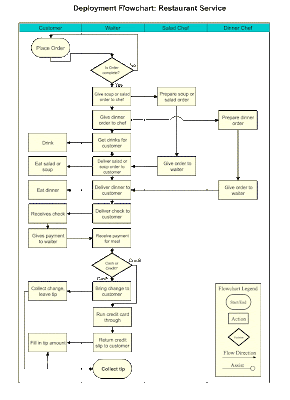The question here is how a photographer managed to be a journalist by only taking a few shots of a certain situation or tragedy? How can a photograph provided a better understanding to the public although a photo can speaks a thousand words which can be describe?
First pictures: shows that a group of child being killed in Palestine due to their war with Israel which we've known has been going for decades.
Second picture: shows that a boy who died as a result to the war between Israel and Palestine.
In both pictures above provide a concrete evidence for the on going wars between the two countries. By taking this picture, the photographer to give a clear understanding of how critical the condition of the war between them. Indirectly we as the audience are affected by what we see and on the other hand, our brain starts to create conclusion to interpret the meaning of the subject in those pictures as stated by Kieran, M. "the media clearly have a strong and complex influence upon how we understand and shape our world".
What he mean by 'media' here is the photograph which is a great influence to how we understand and shape our view to what we see.
Other than that, the purpose of a photojournalism is telling the truth for what is happening in the situation which i mention in the first paragraph but as technology becoming more and more complex, we are unable to detect for what is so called the 'truth' and for what is not. Lets take this picture for an example:
When we see this picture, it only shows a boy who is standing and staring at 'something' which can be interpret with a wall, a car or anything but the face expression tend to show that he is not in a comfortable situation.
Here is the original picture before it is crop with a program or application called 'adobe photoshop'. Although the truth can be reveal through photograph but it also can deceive one's eyes by only editing it as stated by Kieran, M. "Now, in the age of the electronic darkroom, the informed viewer of a photograph should be sceptical about its origins, or perhaps even acknowledge that the old conventions of photography were based on an outdated cliche which we can no longer accept, that the camera never lies" (Kiran, M. 1998)
Here are some more example that photograph are no longer speaks the truth with the improvement of modern technology:
Photojournalist should take 'ethics' into their consideration before providing pictures of an important event or situation to the public which may persuade or influence the public thoughts. The basic rules of photograph should be apply to important photograph where the message that being presented shall be the only 'truth'.
REFERENCE:
- Kieran, M. (1998, Media Ethics, London: Routledge
- Zelizer, B. (2005), Journalism : Critical issues, Berkshire: open university press

+image026.jpg)

























